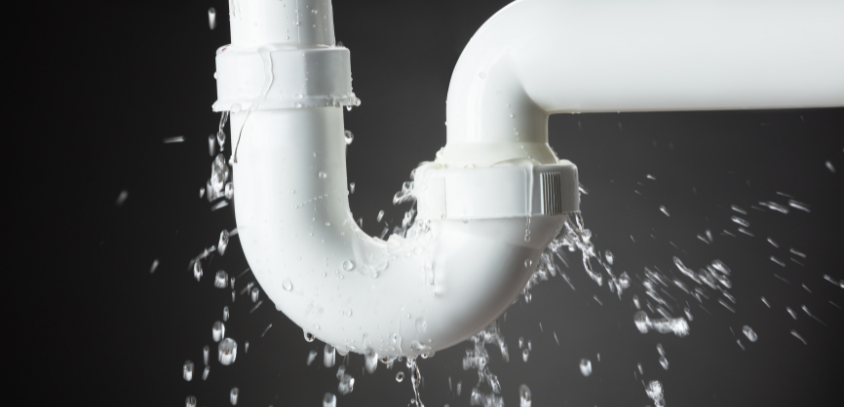There are some plumbing repairs that can be quickly handled by homeowners without calling in the pros. Repairing loose and leaking pipes is usually a simple fix that can be done with the right tools. Here’s how.
Tightening Loose Pipes
To tighten loose pipes, you’ll need a large bucket, large pliers, and replacement ring nuts and nylon drain washers.
Begin by clearing out the area under the sink and placing a bucket under the bend in the piping to catch any water that may leak during repairs. Then, turn on the faucet to see what happens to the pipes. If there’s water dripping from the ring nut, use the pliers to tighten it clockwise.
If the water is still leaking, use the pliers to loosen the ring and separate it from the pipe. Then remove the washer. Install a new ring nut and nylon washer, but be careful not to tighten excessively as this can damage the nuts.
Fixing Leaky Pipes
If the pipe is leaking, you’ll need to identify the source of the leak by looking for wet spots in the cabinet beneath the sink. The source of the leak could be the P-trap, a faucet connection, or the dishwasher hose. You may need to use a flashlight to find the wet spots.
If the cause is a faucet hose leak, you may need to tighten the connection. If tightening doesn’t help, unscrew the connection and look to see if the washer is worn out or crooked. If you see water spraying from one of the shutoff valves, replace the valve.
If the cause of a leaking pipe is a drain assembly leak, you may see water dripping from the compression nuts. Use pliers to tighten the nuts and if necessary, replace worn or damaged parts.
If there’s a leak coming from the dishwasher drain, there may be a loose pipe clamp that needs to be tightened with a screwdriver.
To address a leak coming from the drain strainer, you’ll need to disassemble and replace the strainer. In this case, you may need a professional plumber to handle the repair.

